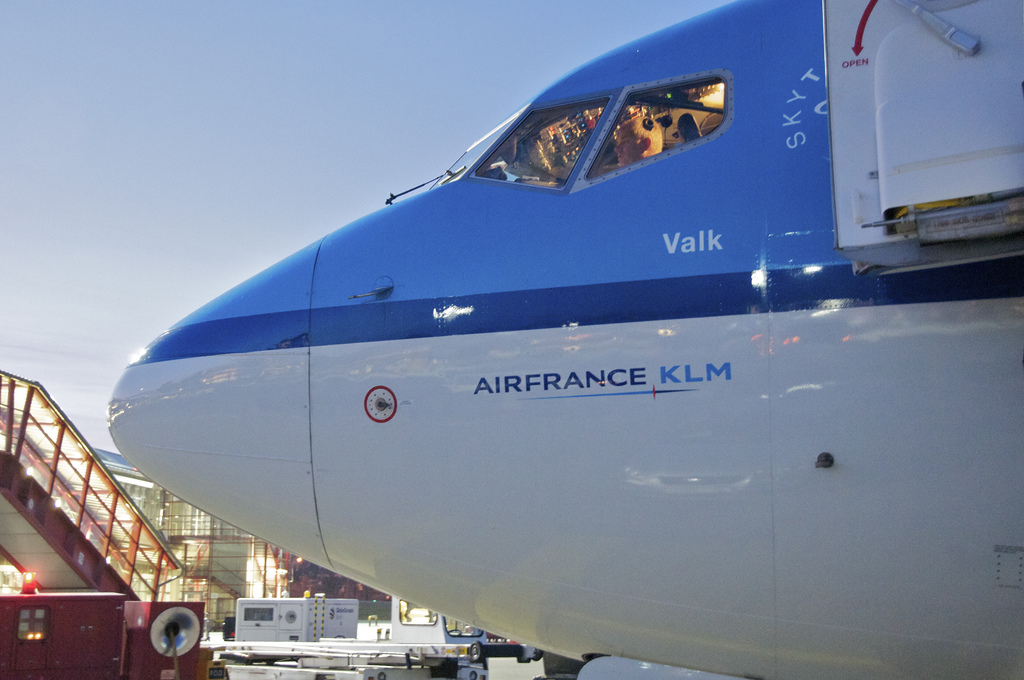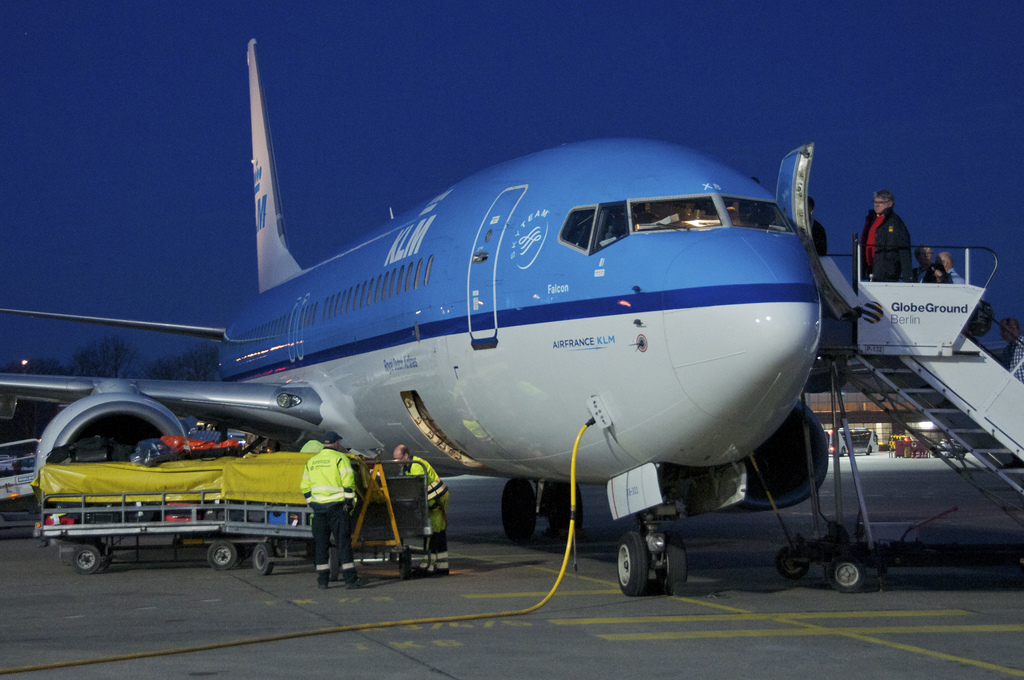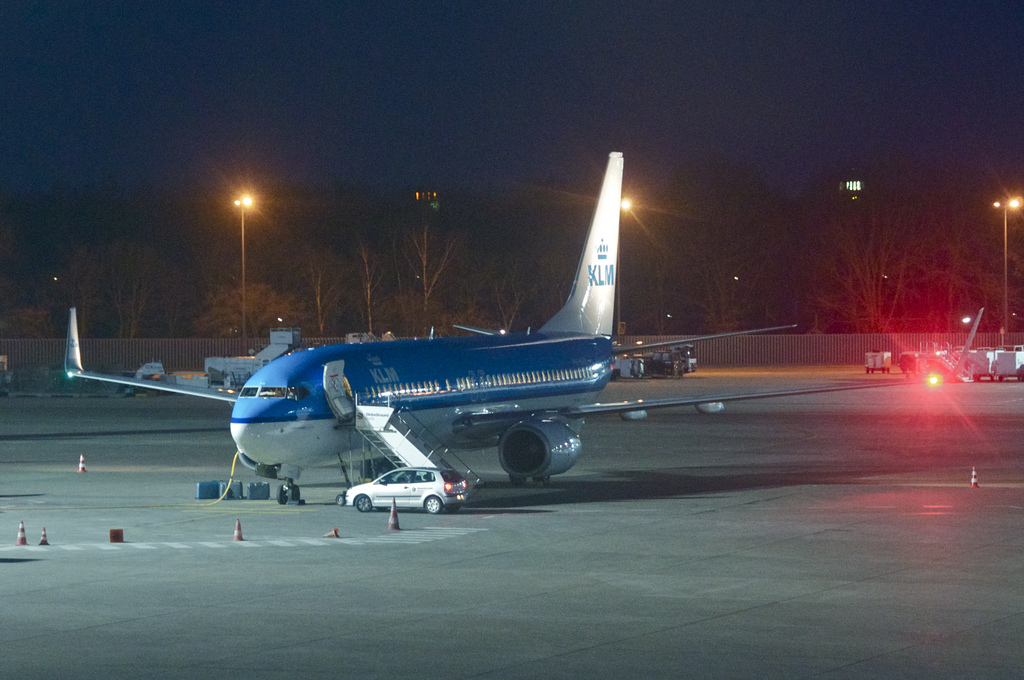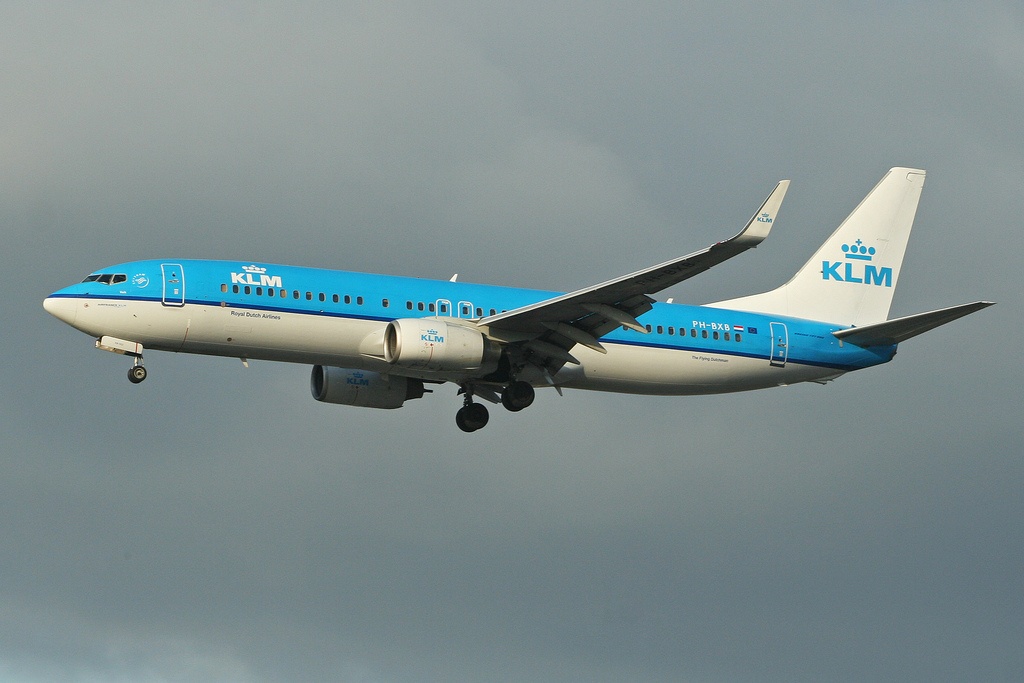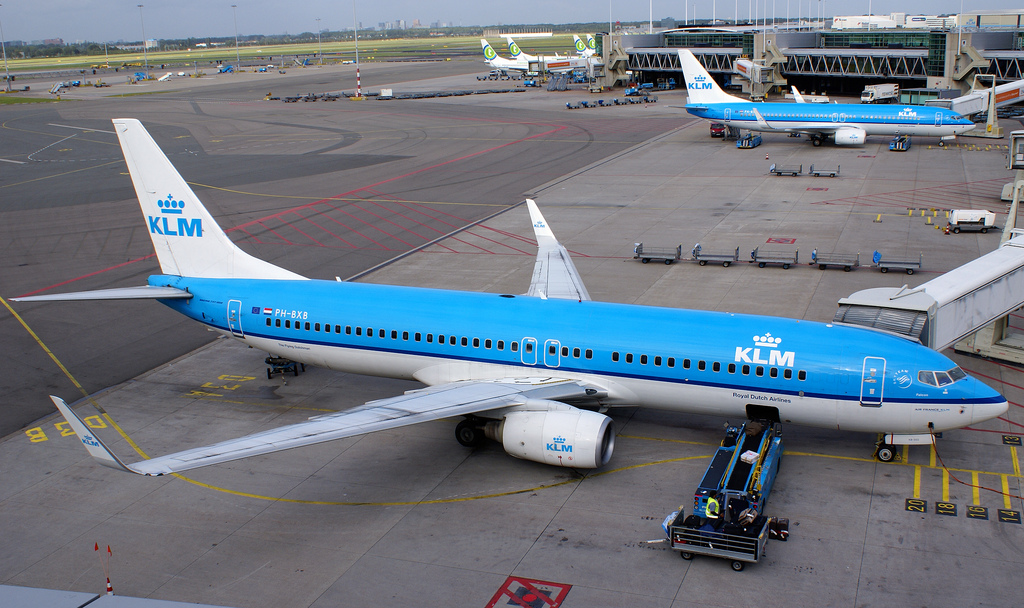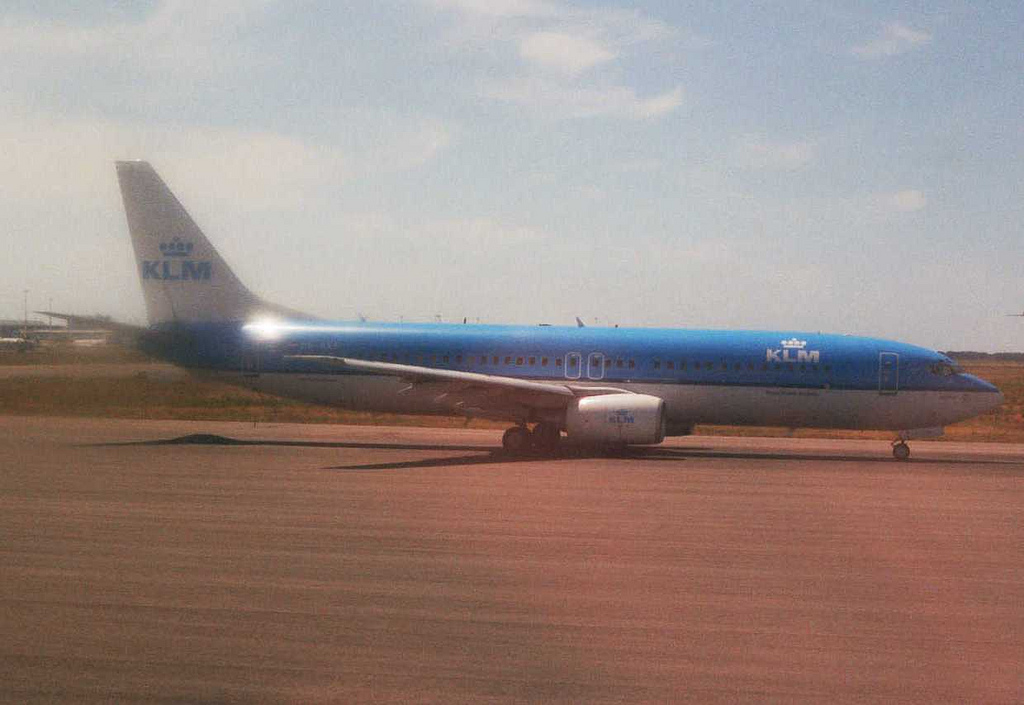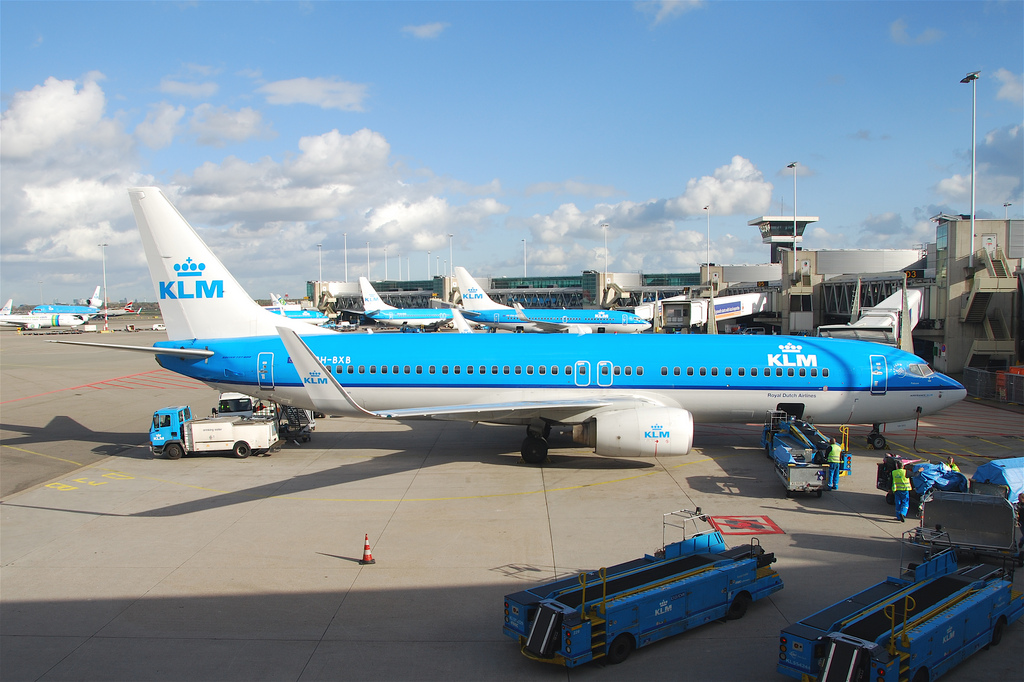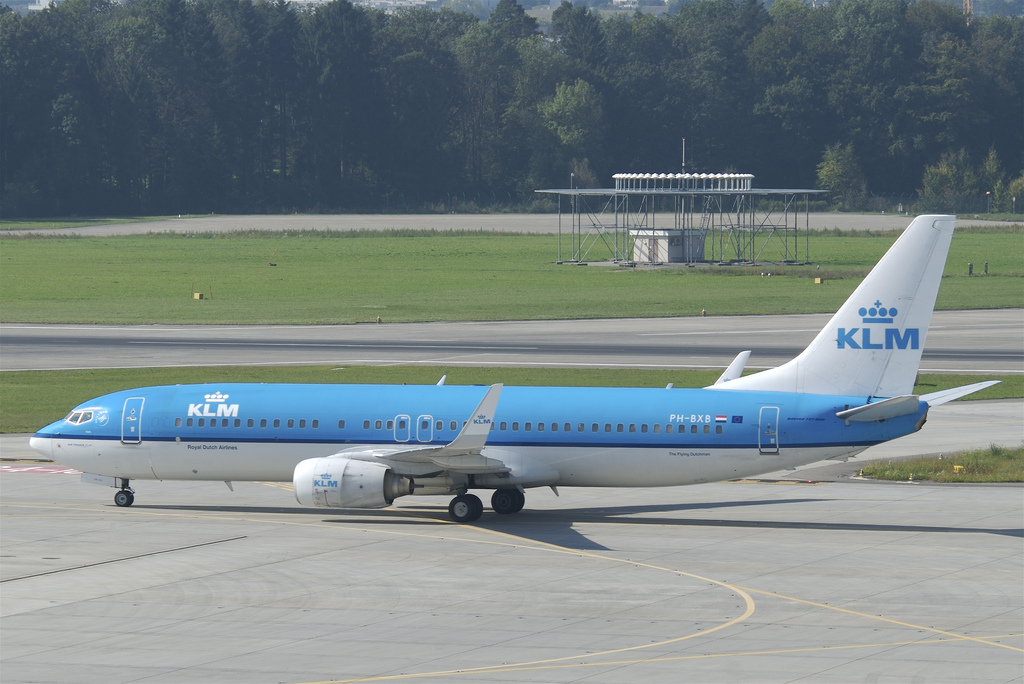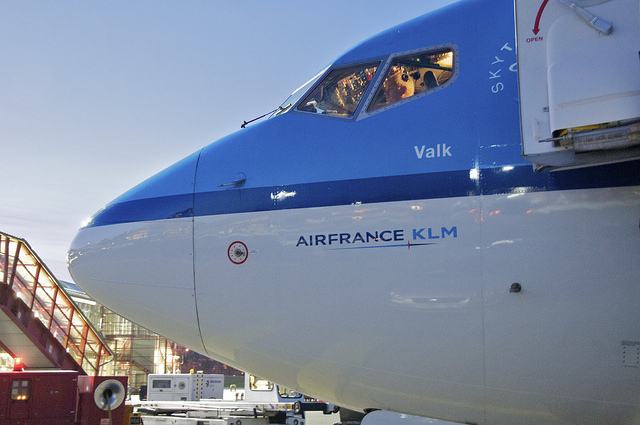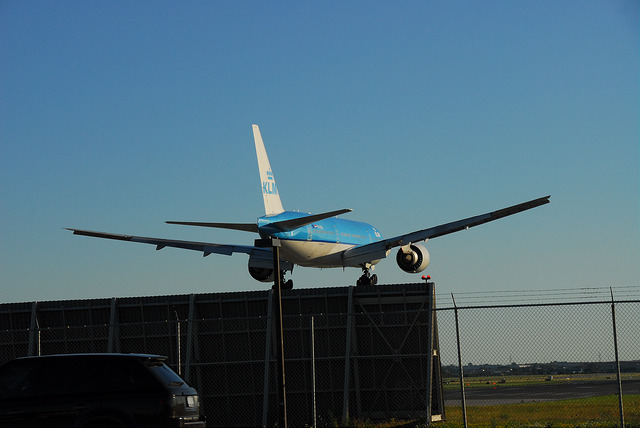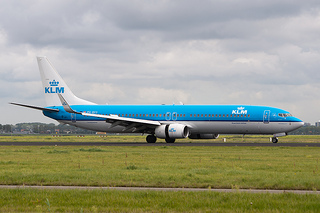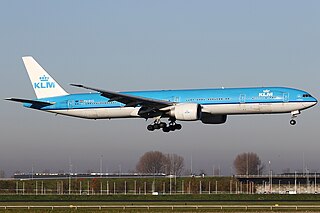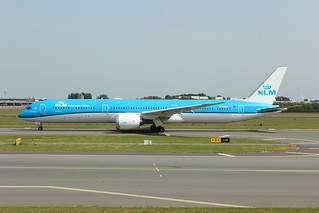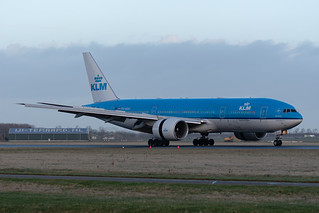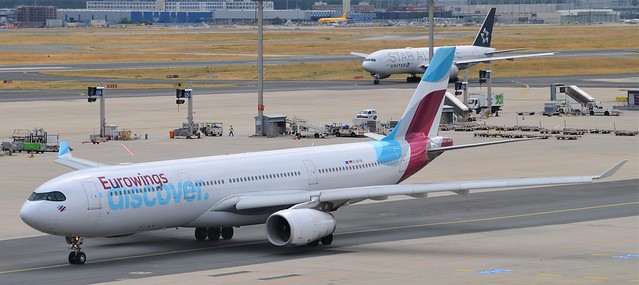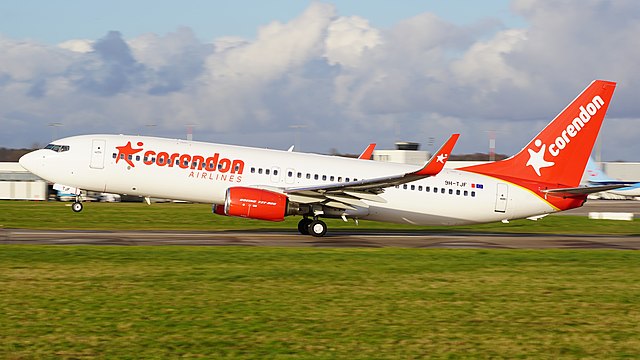KLM B738 at Amsterdam on Jan 12th 2014, cleared for takeoff despite vehicle on runway, rejected takeoff
Last Update: April 16, 2016 / 20:05:32 GMT/Zulu time
Incident Facts
Date of incident
Jan 12, 2014
Classification
Report
Cause
Rejected takeoff
Airline
KLM
Flight number
KL-1431
Departure
Amsterdam, Netherlands
Destination
Birmingham, United Kingdom
Aircraft Registration
PH-BXB
Aircraft Type
Boeing 737-800
ICAO Type Designator
B738
An almost identical case, albeit with the departing aircraft overflying the bird patrol vehicle, had occurred in 2010, see Report: Norwegian B733 at Amsterdam on Dec 18th 2010, took off over bird patrol vehicle.
Netherland's Onderzoeksraad (Dutch Safety Board DSB) released their final report in Dutch concluding the probable cause of the incident was:
The runway incursion occurred because the tower controller issued clearance for takeoff after a crossing aircraft had vacated the runway although a bird control vehicle was still on the runway with clearance.
The overall picture of the situation in and around the runway of the tower controller was incomplete because there was no direct contact between tower and all vehicles on and around the runway. The runway occupied signal on the runway made no difference between one or more aircraft/vehicles on the runway.
Contributing factors:
- The departing aircraft and the bird control vehicle were on different frequencies. Schiphol Airport thus differs from other major airports in Europe.
- The runway occupied signal did not provide information about how many aircraft/vehicles were occupying the runway.
- The regulations for ATC operation did not require a flight strip to be produced for all "runway occupied" operations and to be subsequently removed. These tools were therefore not optimally used.
- The tools "runway occupied" signal together with the "runway occupied" flight strips would reduce the risk of runway incursions, however do not always occur.
- Amsterdam Airport Schiphol and Luchtverkeersleiding (LVNL, ATC Netherlands) do nor cooperate optimally in the area of safety. Under current (limited) jurisdiction the Schiphol Safety Platform, introduced in 2003 for knowledge sharing and risk assessment, investigated similiar previous occurrences with the aim to prevent a repetition, which failed however due to the non-ideal cooperation.
- The safety investigations so far have not led to management measurements to prevent a runway incursion event although an almost identical case had been investigated.
- Following those two occurrences measures were taken by LVNL, no further incident has occurred since.
The DSB reported the cargo Boeing 747-400 was taxiing along taxiway S2 in contact with ground control. Ground control instructed the crew to hold short of runway 24, the crew correctly read back the instruction and stopped at the hold short line S2. The crew was subsequently handed off to tower, who re-issued the instruction to hold short of runway 24.
In the meantime the bird patrol vehicle, in contact with ATC Assistant 2, requested clearance for a runway inspection of runway 24. The ATC Assistant obtained consent by tower, who set the runway occupied signal, and cleared the bird watch vehicle to enter runway 24 for the inspection, the ATC Assistant made the bird watch vehicle aware of the crossing 747-400 instructing the vehicle to give way to the 747.
Two seconds after the bird watch vehicle was cleared onto the runway tower cleared the 747 to cross runway 24 at S2, the stop bars at S2 were switched off by the tower controller.
The attention of the tower controller was turned to a light aircraft operating in the control zone, tower issued instructions to that aircraft.
Th Boeing 737 arrived at runway 24 at taxiway S7 and reported ready for departure. Turning his attention back onto runway 24 the controller cleared the Boeing 737-800 to line up runway 24 and wait, advising the crew of the crossing Boeing 747, but did not report the presence of the bird watch vehicle.
The crossing 747 reported clear of the runway and was handed off to ground again. Tower subsequently issued takeoff clearance to the 737.
The driver of the bird watch vehicle, although in contact with Assistant 2 only, was monitoring the tower frequency as well and heard the takeoff clearance and immediately radioed Assistant 2 that he was still on the runway. Assistant 2 acknowledged, six seconds later tower issued the instruction to stop immediately to the 737. The crew acknowledged and rejected takeoff stopping the aircraft between intersections S7 and S6, 11 seconds after the bird watch radioed Assistant 2.
The bird watch vehicle at that time was located near the runway end between intersections S1 and S2. Assistant 2 confirmed to the driver, that the aircraft had stopped. The runway inspection was completed, the driver vacated the runway.
In the meantime tower advised the crew of the departing 737 of the reasons for the stop instruction. After the vehicle had vacated the runway tower cleared the aircraft for takeoff again, the takeoff had been rejected at sufficiently low speed so that the remaining runway length was sufficient for a safe departure, the crew initiated another takeoff run and departed without further incident.
The DSB analysed that the runway occupied signal had been set by Assistant 2 as required when the bird watch vehicle was cleared onto the runway with the consent of the tower controller.
However, the runway occupied signal did not carry information on how many aircraft or vehicles had been cleared onto the runway.
As an additional tool the panel of the tower controller offered an additional holder for "runway occupied" flight strips permitting to identify all aircraft or vehicles cleared onto the runway. The use of these flights strips however was not mandatory. The tower controller did not use these flight strips.
When Assistant 2 obtained consent to clear the bird watch vehicle onto the runway, tower set the runway occupied signal and reversed the flight strip of the Boeing 737 to depart next, so that the flight strip became unreadable. He then provided clearance to the cargo 747 to cross the runway, the attention was subsequently turned to a light aircraft. When the 747 reported clear of the runway, the tower controller deactivated the runway occupied signal and turned the 737 flight strip into normal position so that it became readable again. As result tower issued takeoff clearance to the 737 already holding in position, although the bird watch vehicle, with the consent by the tower controller, was still on the runway.
The DSB analysed that the safety net did not work in this occurrence. The runway occupied signal was ineffective due to the limitation of not indicating how many aircraft and/or vehicles had been cleared onto the runway.
In addition, the safety net of runway occupied flight strips did not work as the controller did not use these strips. Those strips were recommended, however not mandated after during a test in 2012 controller found the workload attached to handling the strips was too high. On Feb 20th 2014 the use of the flight strips became mandatory however, there have been no such incidents anymore since.
Voluntary action by bird watch vehicles to monitor tower frequency (requiring the use of two different languages) has proven in previous occurrences to be the last safety net, as it proved in this occurrence, too. The monitoring of tower frequency, operating in English only, adds to the driver's needs to monitor two frequencies in Dutch, the radio link to Amsterdam Schiphol Operations as well as to Air Traffic Control Assistant 2. Monitoring of tower frequency is not mandatory.
Aircraft Registration Data
Incident Facts
Date of incident
Jan 12, 2014
Classification
Report
Cause
Rejected takeoff
Airline
KLM
Flight number
KL-1431
Departure
Amsterdam, Netherlands
Destination
Birmingham, United Kingdom
Aircraft Registration
PH-BXB
Aircraft Type
Boeing 737-800
ICAO Type Designator
B738
This article is published under license from Avherald.com. © of text by Avherald.com.
Article source
You can read 2 more free articles without a subscription.
Subscribe now and continue reading without any limits!
Read unlimited articles and receive our daily update briefing. Gain better insights into what is happening in commercial aviation safety.
Send tip
Support AeroInside by sending a small tip amount.
Related articles
KLM B738 at Amsterdam on May 6th 2016, near collision with a drone
A KLM Boeing 737-800, registration PH-BXB performing flight KL-1286 from Edinburgh,SC (UK) to Amsterdam (Netherlands), was on final approach to…
KLM B772 near Ankara on May 6th 2024, cargo fire indication
A KLM Boeing 777-200, registration PH-BQB performing flight KL-895 from Amsterdam (Netherlands) to Shanghai (China), was enroute at FL330 about 140nm…
KLM B739 at Amsterdam on Mar 15th 2024, flaps problems results in fuel emergency
A KLM Boeing 737-900, registration PH-BXS performing flight KL-1074 from Manchester,EN (UK) to Amsterdam (Netherlands), was on approach to…
KLM B773 near Madrid on Mar 11th 2024, rattling noise from engine
A KLM Boeing 777-300, registration PH-BVG performing flight KL-791 from Amsterdam (Netherlands) to Sao Paulo Guarulhos,SP (Brazil), was enroute at…
KLM B78X over Atlantic on Feb 12th 2024, toilets on strike - or not?
A KLM Boeing 787-10, registration PH-BKF performing flight KL-601 from Amsterdam (Netherlands) to Los Angeles,CA (USA), was enroute at FL320 over the…
KLM B772 over Mediterranean on Feb 9th 2023, cabin problems - electrical fire in oven
A KLM Boeing 777-200, registration PH-BQO performing flight KL-591 from Amsterdam (Netherlands) to Johannesburg (South Africa), was enroute at FL330…
Newest articles
Discover A333 at Mombasa on May 7th 2024, bird strike
A Discover Airlines Airbus A330-300, registration D-AFYR performing flight 4Y-135 from Mombasa (Kenya) to Frankfurt/Main (Germany), was climbing out…
Corendon Europe B738 at Gazipasa on May 9th 2024, nose wheel failures
A Corendon Airlines Europe Boeing 737-800, registration 9H-TJF performing flight XC-1031 from Cologne (Germany) to Gazipasa (Turkey) with 184…
Subscribe today
Are you researching aviation incidents? Get access to AeroInside Insights, unlimited read access and receive the daily newsletter.
Pick your plan and subscribePartner

A new way to document and demonstrate airworthiness compliance and aircraft value. Find out more.

ELITE Simulation Solutions is a leading global provider of Flight Simulation Training Devices, IFR training software as well as flight controls and related services. Find out more.

Your regulation partner, specialists in aviation safety and compliance; providing training, auditing, and consultancy services. Find out more.
AeroInside Blog
Popular aircraft
Airbus A320Boeing 737-800
Boeing 737-800 MAX
Popular airlines
American AirlinesUnited
Delta
Air Canada
Lufthansa
British Airways
